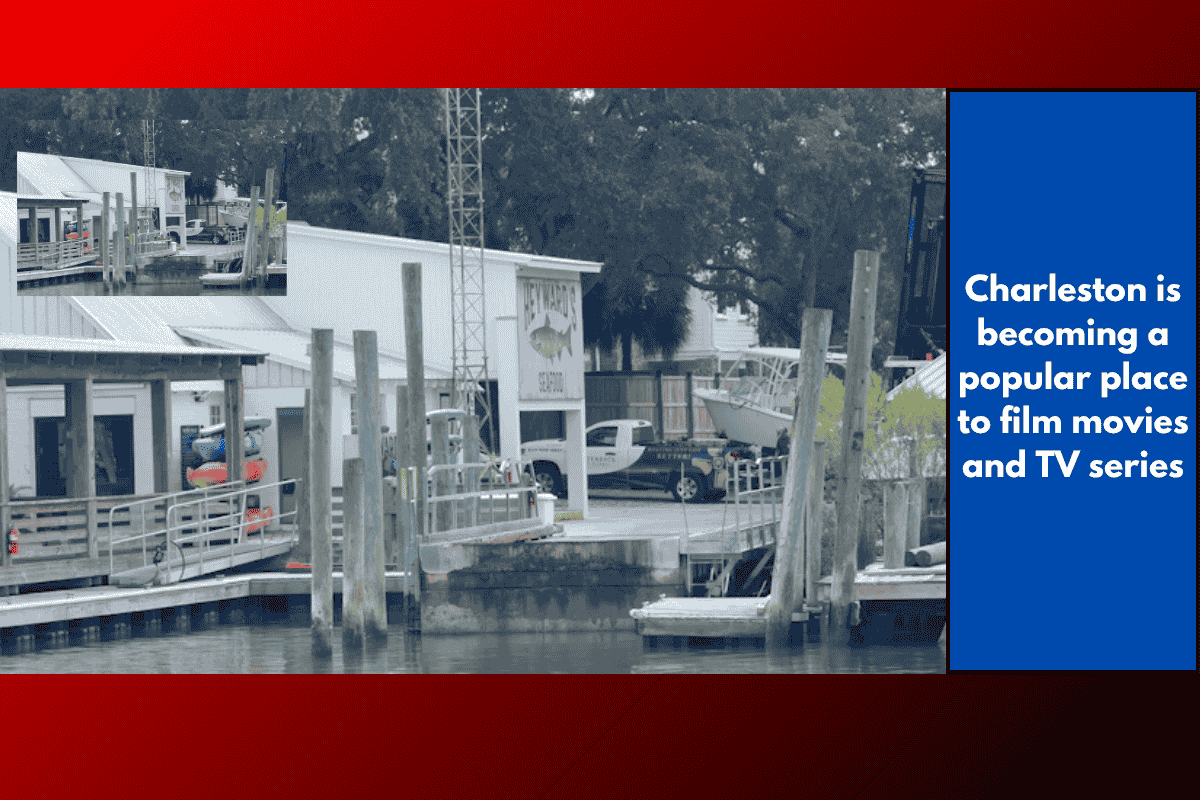The Robert E. Lee monument, which was removed in 2021 from its original location at the School of Math and Science in Charleston, South Carolina, is set to be re-erected in a new, more prominent location within Charleston County. The American Heritage Association (AHA), which has been advocating for the return of the monument, announced the move in a Tuesday release. This development comes after legal battles surrounding its removal and the state’s Heritage Act, which protects certain historical monuments.
The Monument’s Removal and Legal Battle
In 2021, the Charleston County School Board removed the Robert E. Lee monument from the School of Math and Science. The monument had been placed on the school grounds in 1948 by the United Daughters of the Confederacy and was a significant symbol tied to the South’s Confederate history.
The American Heritage Association (AHA) disagreed with the removal, arguing that it violated the South Carolina Heritage Act, a law that safeguards monuments, markers, and memorials related to the state’s history. In response, the AHA filed a lawsuit against the Charleston County School Board, claiming that the removal of the monument was unlawful.
In 2022, South Carolina Attorney General Alan Wilson backed the AHA’s position, declaring that the monument’s removal indeed violated the Heritage Act, as it lacked legislative approval. The law mandates that such monuments can only be moved with the approval of the state legislature.
Lawsuit Withdrawal and New Placement Plans
Originally, the AHA’s lawsuit was scheduled to be heard in court on Wednesday. However, the case took a turn when Judge Jennifer McCoy ruled that only the state’s attorney general could enforce the Heritage Act, which led to the AHA withdrawing the suit. Despite this, the AHA’s President, Brett Barry, expressed confidence in the ongoing efforts, stating that the removal had sparked a wider conversation about the future of historical monuments in America. Barry credited President Trump for giving Americans the opportunity to turn the tide in the monument debate.
In its release, the AHA also mentioned that the Charleston County School Board was not involved in securing the new location for the monument, with the board’s chairman reportedly remaining combative during the entire process.
Where Will the Monument Go?
The AHA has not yet disclosed the exact location for the monument’s new placement, though it is expected to be in a more prominent location within Charleston. Charleston city officials and the United Daughters of the Confederacy (UDC), which initially funded the monument, had been in talks to find an appropriate home for the statue. The UDC, a group historically linked to the preservation of Confederate symbols, is expected to continue working with the city on the monument’s future placement.
The Monument’s Legacy and Controversy
The Robert E. Lee monument is emblematic of the ongoing debate over the public display of Confederate symbols in the United States. For many, the statue symbolizes the Confederacy and its defense of slavery, while others see it as an important piece of Southern heritage. The Heritage Act and the lawsuit have become key components in the struggle over how best to handle historical monuments, with advocates for the statues arguing for their preservation as historical landmarks, while opponents call for their removal as symbols of oppression.
This case in Charleston follows a broader national conversation that has taken place in recent years, particularly in the aftermath of protests and the 2020 racial justice movement. Monuments like the one honoring Robert E. Lee have sparked a reevaluation of historical symbols in public spaces across the country.
As the Robert E. Lee monument prepares to return to Charleston, this marks a new chapter in the ongoing debate over historical monuments and their place in modern society. While the American Heritage Association celebrates the victory, the removal, legal battles, and discussions surrounding the monument remain a contentious topic. The final location of the monument will likely continue to stir debate and provoke strong feelings on both sides of the issue, with the community grappling with how best to handle symbols of the past.














